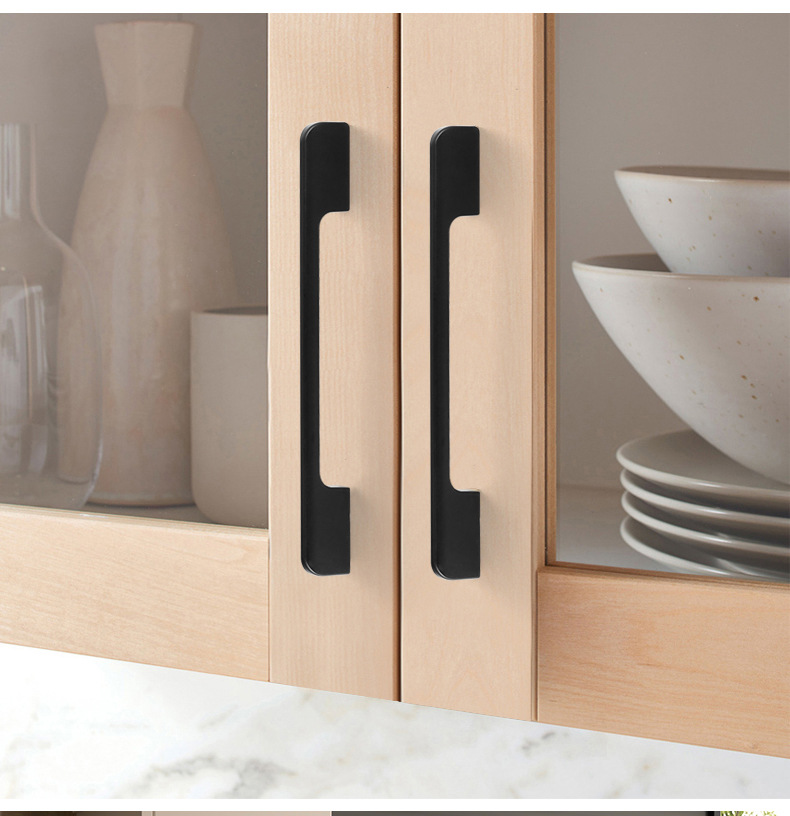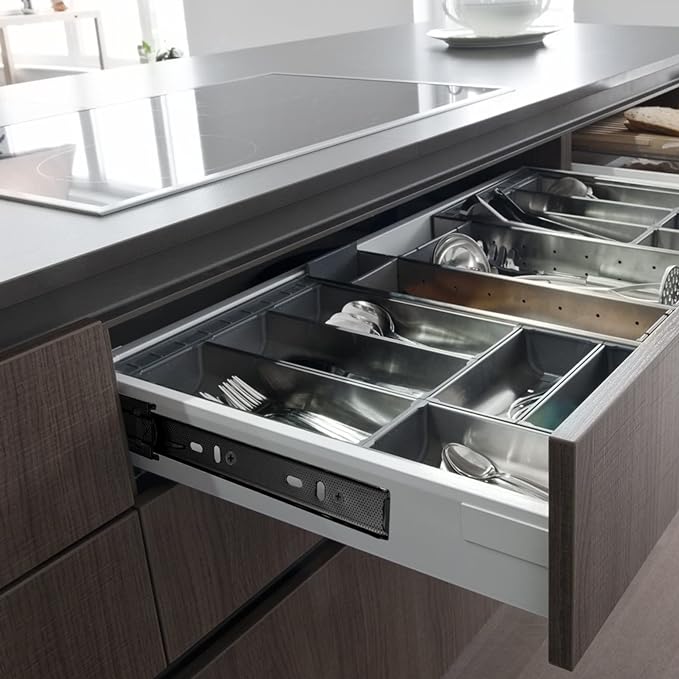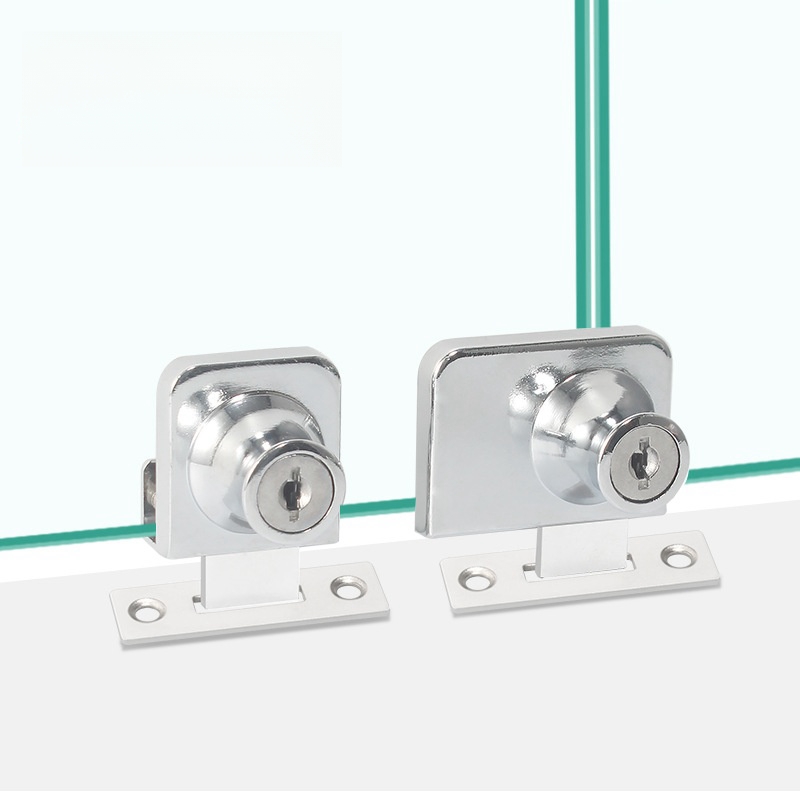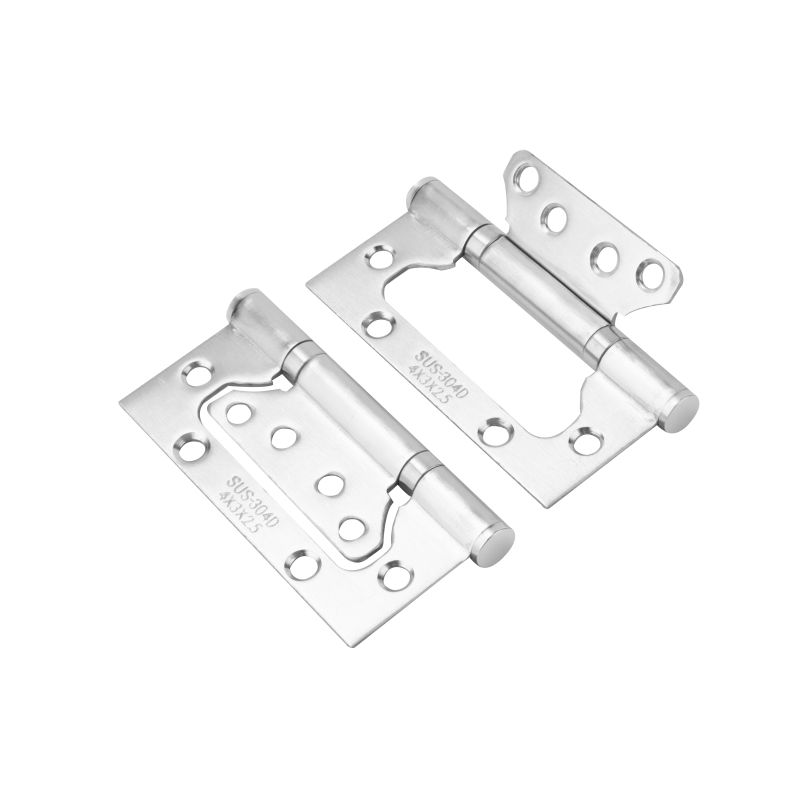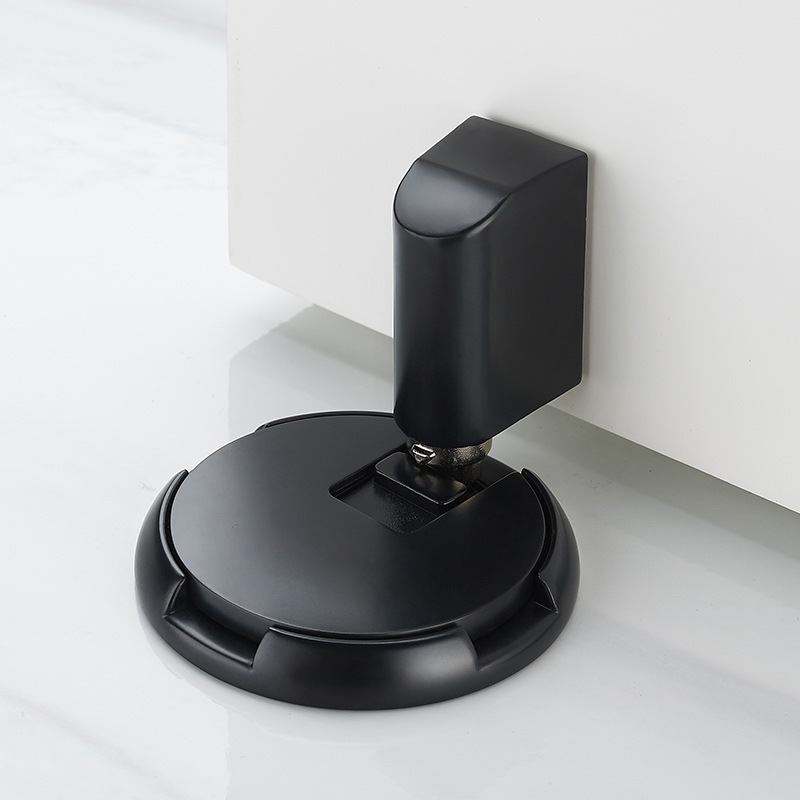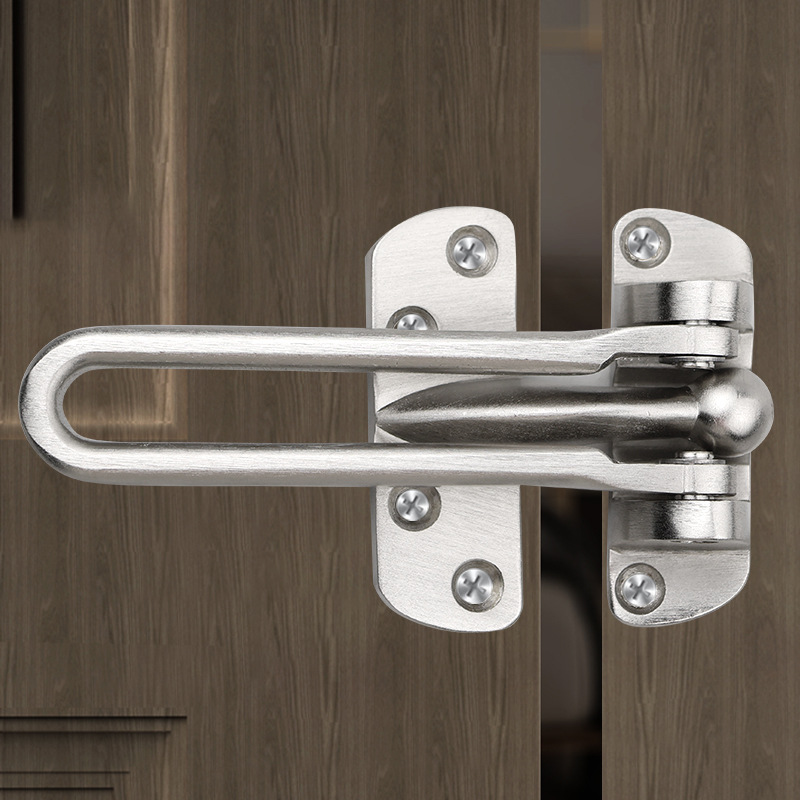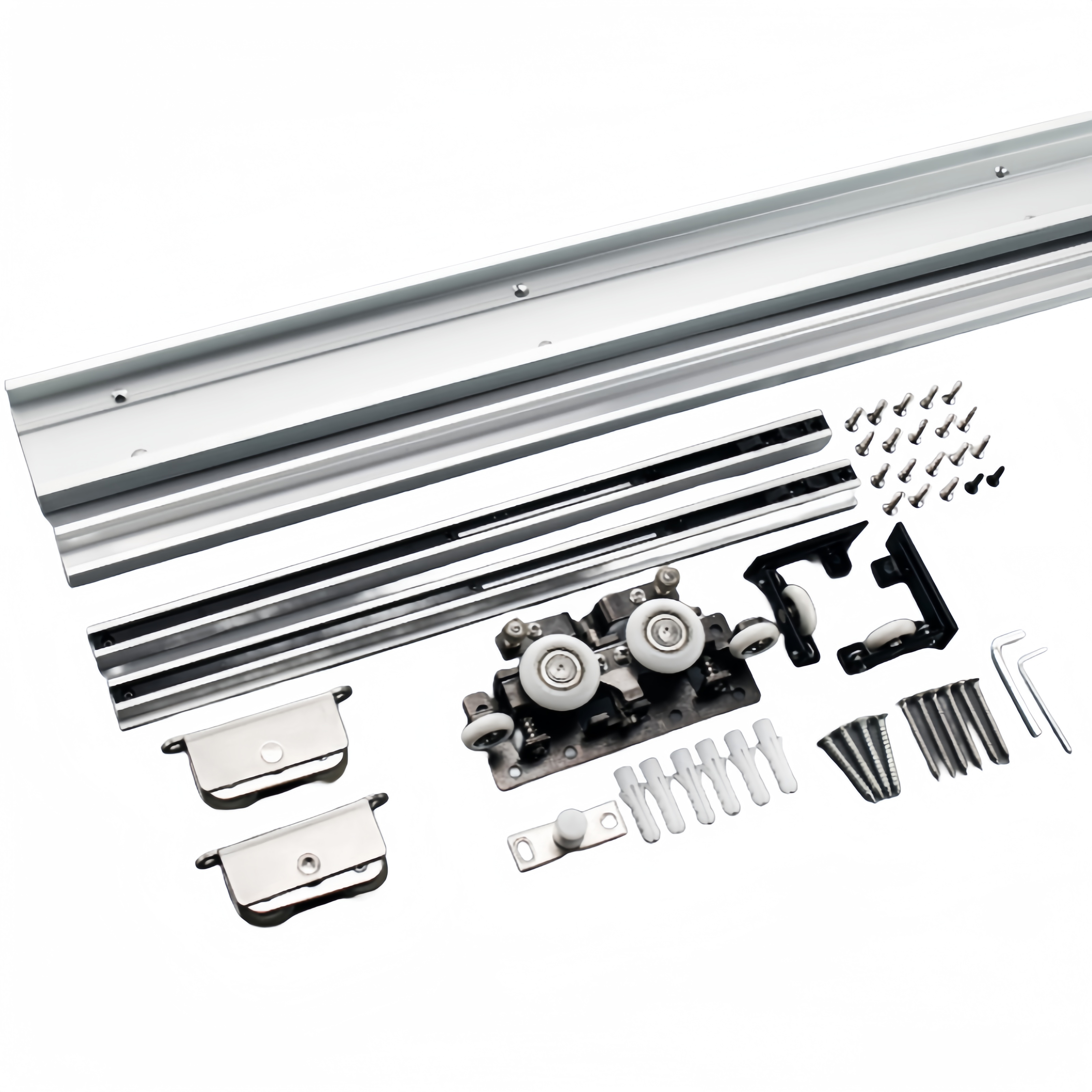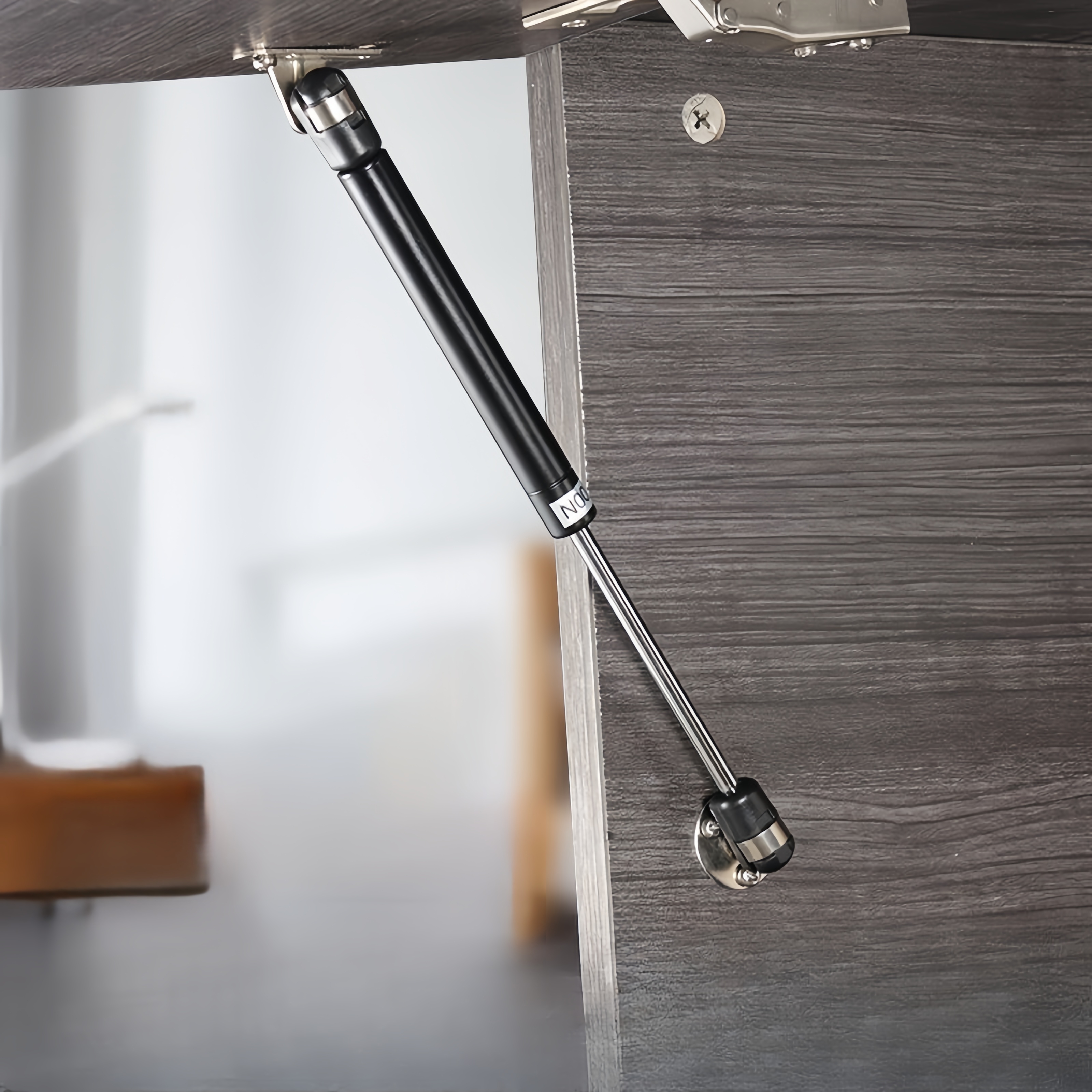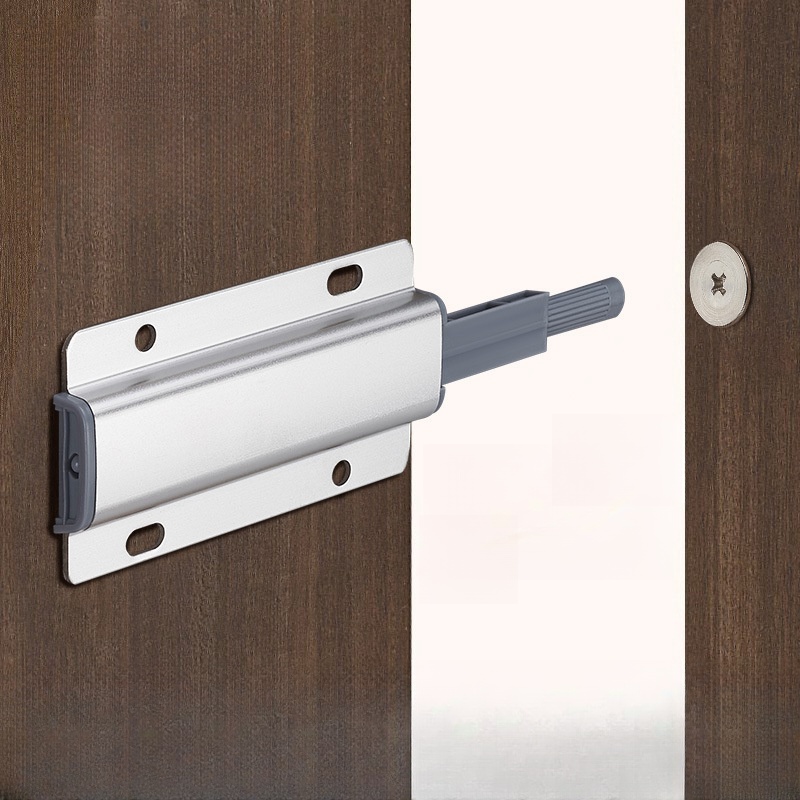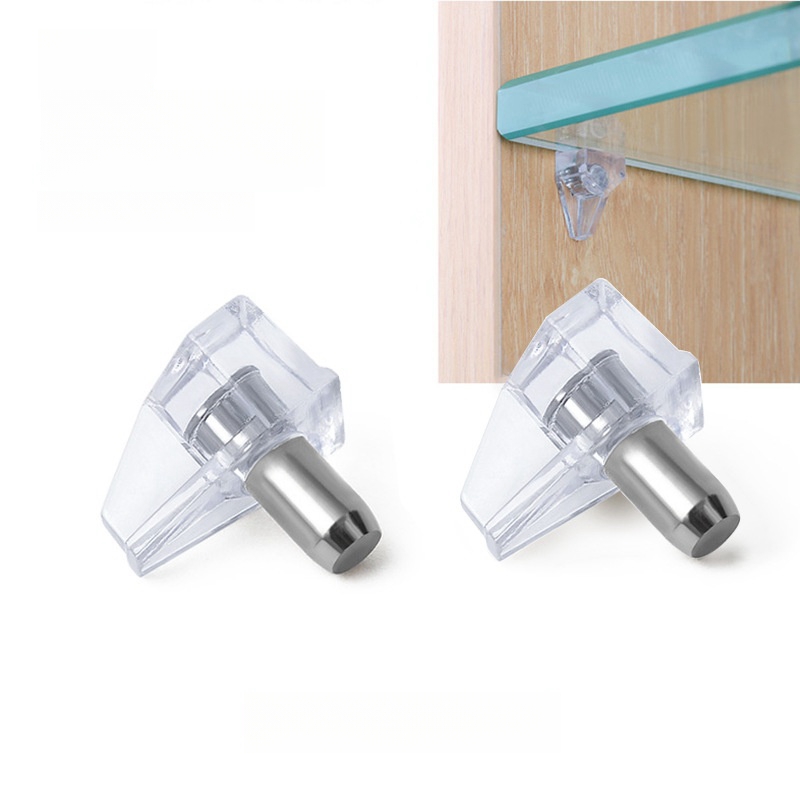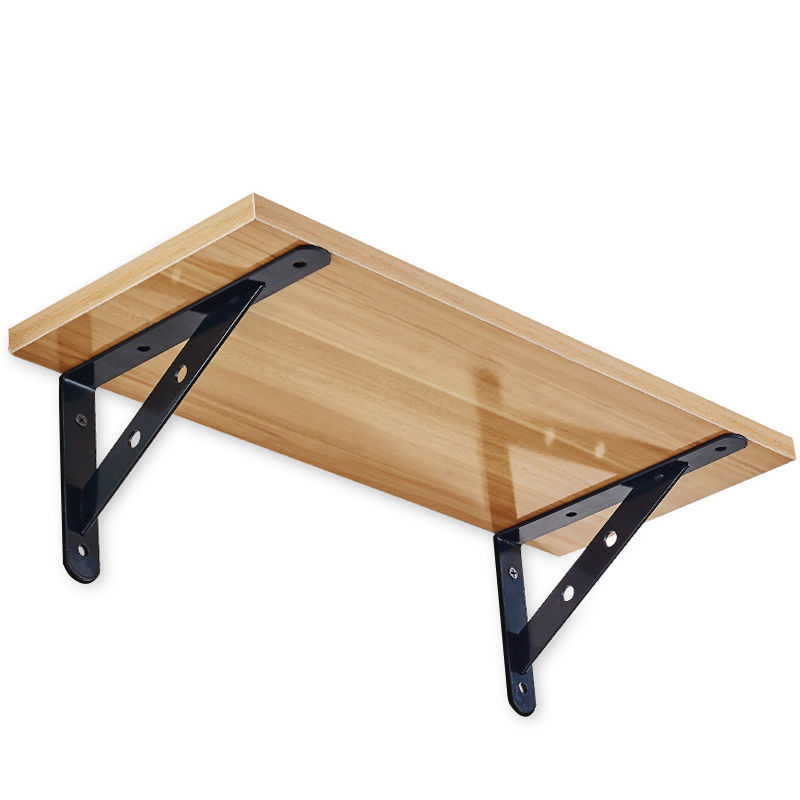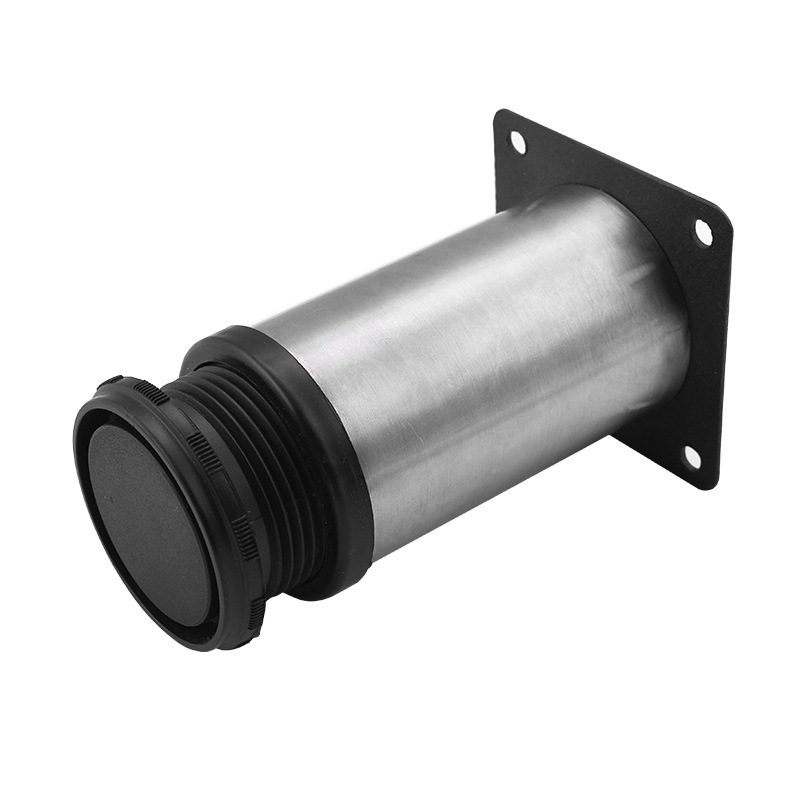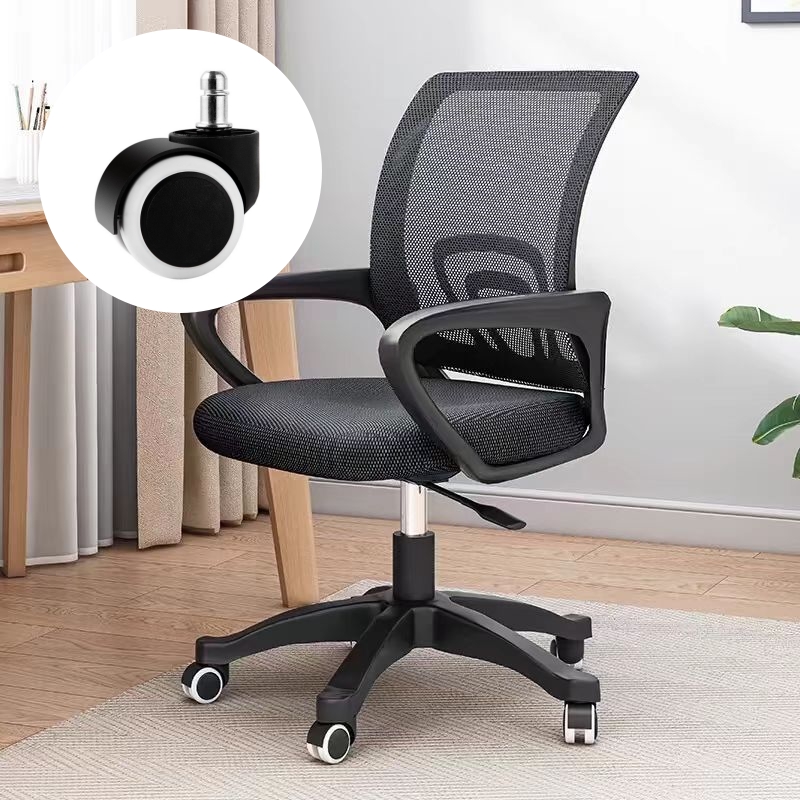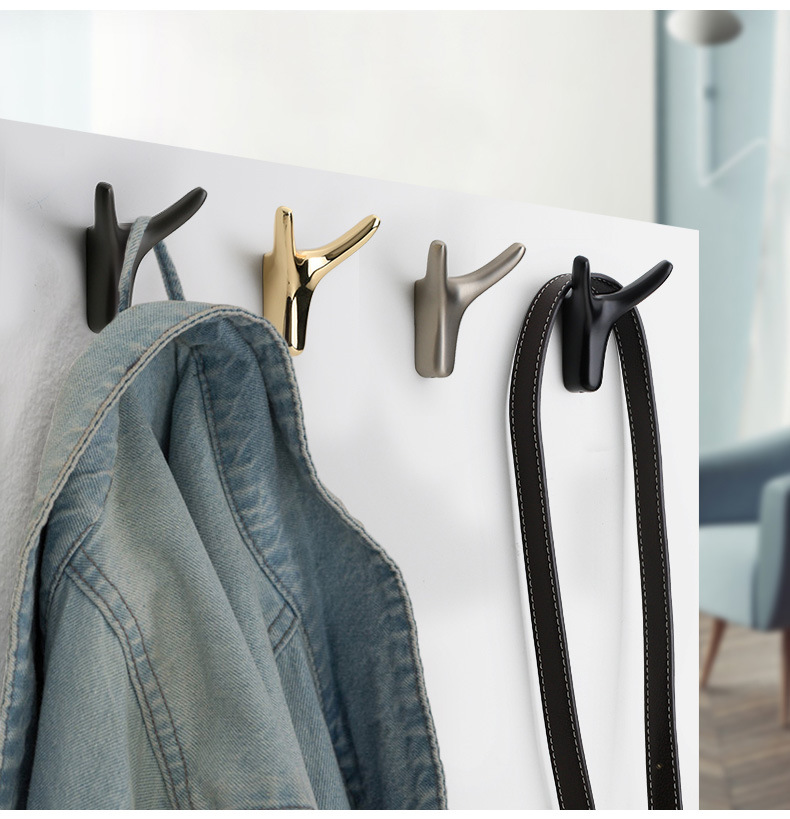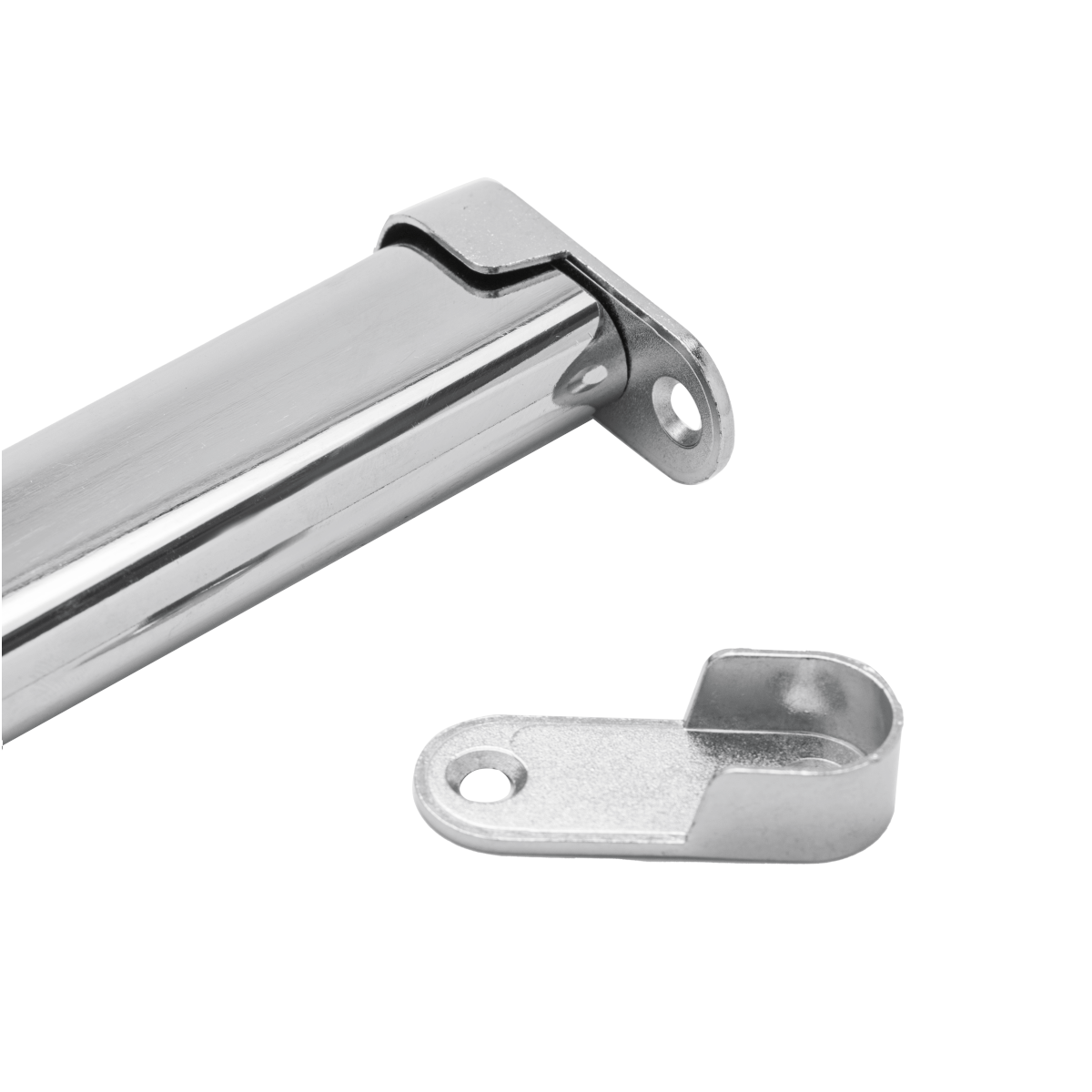
ABOUT
Guangzhou Toplink hardware Co., Ltd specialized in the production and export of furniture hardware fittings, with an experience of more than 14 years.
Our main products are drawer locks, cabinet hinges, sliding rails, cabinet handles, casters, cabinet legs and connecting fittings etc..
With a complete range of products, excellent performance and reasonable prices we have built up business with many customers all over the world.
We are committed to strict quality control and considerate customer service. We sincerely looking forward to becoming your best choice and the most reliable partner!
PRODUCTS
remove broken door latch stuck in the door
Assessing the Situation: Identifying the Problem
Before attempting any repairs, it's vital to accurately assess the situation. Is the latch mechanism itself broken, or is the problem with the door, the frame, or the strike plate? Carefully examine the latch from both the inside and outside of the door. Is the latch bolt stuck extended, retracted, or completely jammed? Is there visible damage to the latch mechanism, the door itself, or the surrounding frame? A thorough inspection will help you determine the best course of action and choose the appropriate tools. Take photos to aid your memory and potentially show a locksmith if you need professional help.
Understanding the type of latch you have is also crucial. Different latches have different mechanisms and require varying approaches for removal. Is it a simple spring bolt, a deadbolt, or a more complex multi-point locking system? Knowing this will help you avoid unnecessary damage and choose the right tools and techniques. If you're unsure about the type of latch you have, consulting online resources or even taking a picture to show a hardware store employee can be helpful.
Removing a Broken Latch: The DIY Approach
For simpler cases, removing a broken latch can be a manageable DIY project. This typically involves carefully removing screws securing the latch plate. Start by removing any visible screws that hold the latch plate to the door. These screws are often located on the inside of the door, around the latch mechanism itself. If they're stripped or difficult to remove, use the appropriate screwdriver size and apply gentle, steady pressure. Avoid using excessive force, which could damage the door or the latch mechanism further.
Once the screws are removed, the latch plate should become loose enough to carefully pry it away from the door. Use a putty knife or a flathead screwdriver to gently pry it away, working carefully to avoid scratching the door's surface. Once the latch plate is detached, you can usually access the broken latch mechanism itself, which can then be removed. Remember to take photos or make detailed notes of how the components are connected so you can easily reinstall a new latch.
However, some latches might be more stubborn and might require more forceful methods. In these cases, you might need to use a hammer and chisel to gently break the latch mechanism away. Always prioritize safety and wear protective eyewear. This should only be attempted as a last resort when other methods have failed and you are comfortable working with these tools.
Dealing with a Stuck Latch Bolt
If the latch bolt is stuck extended, preventing the door from closing, lubricating the mechanism can sometimes help. Apply a penetrating lubricant, such as WD-40, to the bolt and the surrounding mechanism. Allow the lubricant to sit for a few minutes to penetrate the mechanism. Then, gently try to retract the bolt. If it still won't budge, you may need to carefully pry the latch plate away, as mentioned before, to access and free the stuck bolt.
For a retracted bolt that won’t re-engage, check for obstructions. There may be debris preventing the bolt from extending. Carefully remove any dust, dirt, or foreign objects from the latch mechanism. If the problem persists, try adjusting the strike plate, which is the metal plate on the door jamb that receives the latch bolt. Gently tightening or loosening the screws securing the strike plate can sometimes resolve the issue. If not, the latch mechanism itself might need to be replaced.
When to Call a Locksmith
While many broken latch issues are manageable with DIY solutions, there are instances where calling a locksmith is the best course of action. If you're uncomfortable working with tools, or if the latch is part of a complex locking system, a professional locksmith is the safer and more efficient option. They possess the specialized tools and expertise to handle complex situations without causing further damage.
If the door is damaged beyond simple repair, or if you suspect the problem involves a security breach, a locksmith can quickly assess the situation and provide effective solutions. They can also install a new latch mechanism and ensure your door's security is restored. Don't hesitate to call a locksmith if you encounter unexpected difficulties or if you're uncertain about any step of the repair process.
Replacing the Broken Latch
Once the old latch is removed, installing a new one is usually straightforward. Measure the old latch to determine its size and specifications before purchasing a replacement. Take the old latch with you to the hardware store for accurate matching. The new latch should be installed in the same way the old one was removed – typically by attaching it to the door with screws.
Ensure the new latch is aligned correctly and that it operates smoothly. Test the latch repeatedly to verify proper functioning. If the new latch is difficult to operate, slightly adjust the strike plate until smooth operation is achieved. Always refer to the manufacturer's instructions provided with the new latch mechanism for specific installation guidance.
Remember that replacing a broken door latch can be a simple task if you follow the right steps and take your time. However, prioritizing safety and seeking professional help when necessary is crucial to avoiding further complications and ensuring the security of your home.
SUBSCRIBE
INQUIRY
